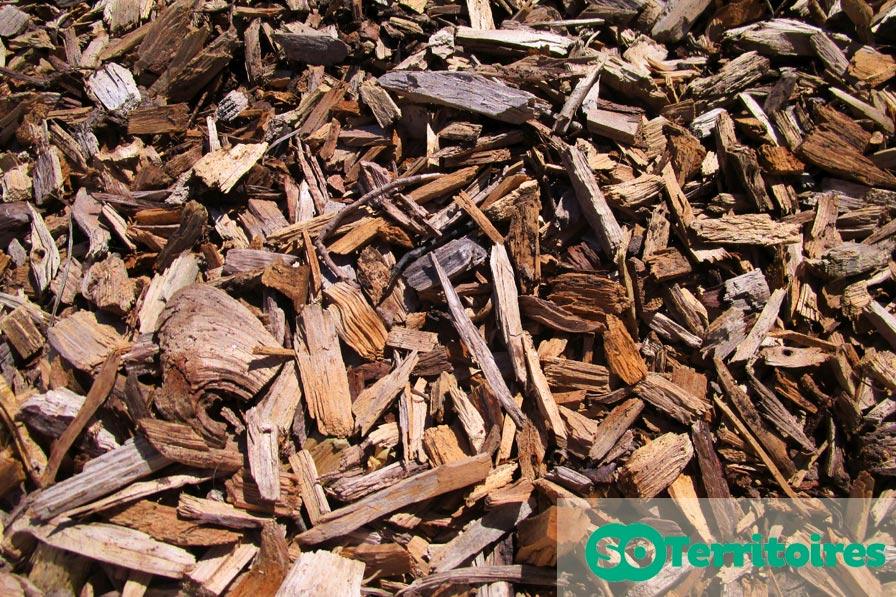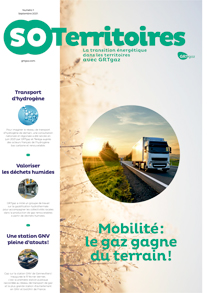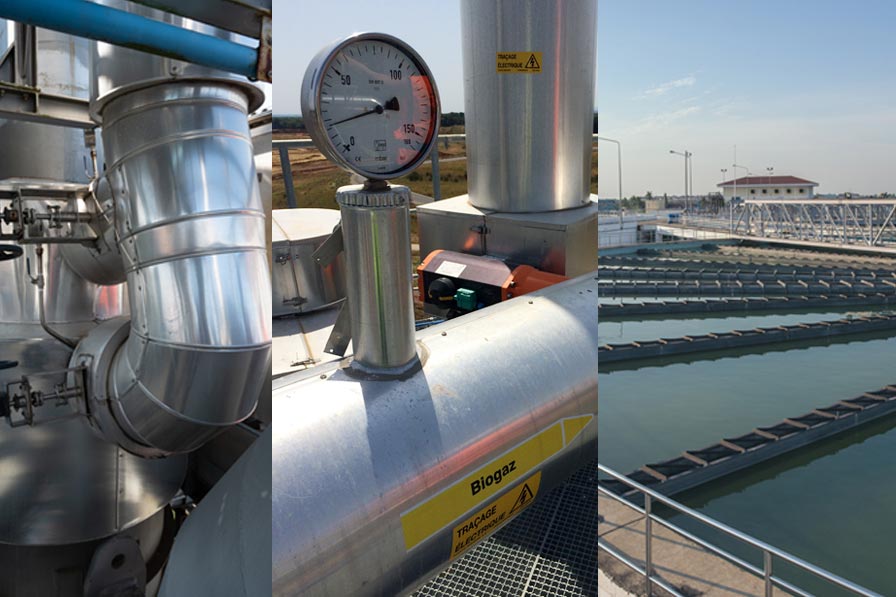Renewable gases from solid waste

The French Energy-Climate law of 2019 gave producers of renewable gas, low-carbon hydrogen and recovered gas a Right to Inject into the gas transmission and distribution networks.
The French Energy-Climate law of 2019 gave producers of renewable gas, low-carbon hydrogen and recovered gas a Right to Inject into the gas transmission and distribution networks.
The regulations need to be updated to ensure that the Right to Inject is carried out completely safely. In the interim, and on an experimental basis, the CRE granted temporary exceptional network access authorisations for innovative projects related to the energy transition. Nine such projects were approved. Seven of these relate to the injection of synthetic methane into the GRDF network. Five involve producing methane by converting electricity and CO2.
The two others are based on pyrogasification. This is a process that involves heating residual solid waste to extremely high temperatures with little or no oxygen to produce methane. The Hymoov project in Montoir-de-Bretagne (44) will apply the process to wood waste, and the QAIROS Energies project in Trangé (72) will use hemp – an intermediate crop used by farmers to protect plots between two crops intended for sale. These are all ways of promoting a new sector to support gas “greening” and the circular economy.
* The Energy Regulatory Commission.
Publications

Presentation about the pyrogasification process
To go further

Pyrogasification
